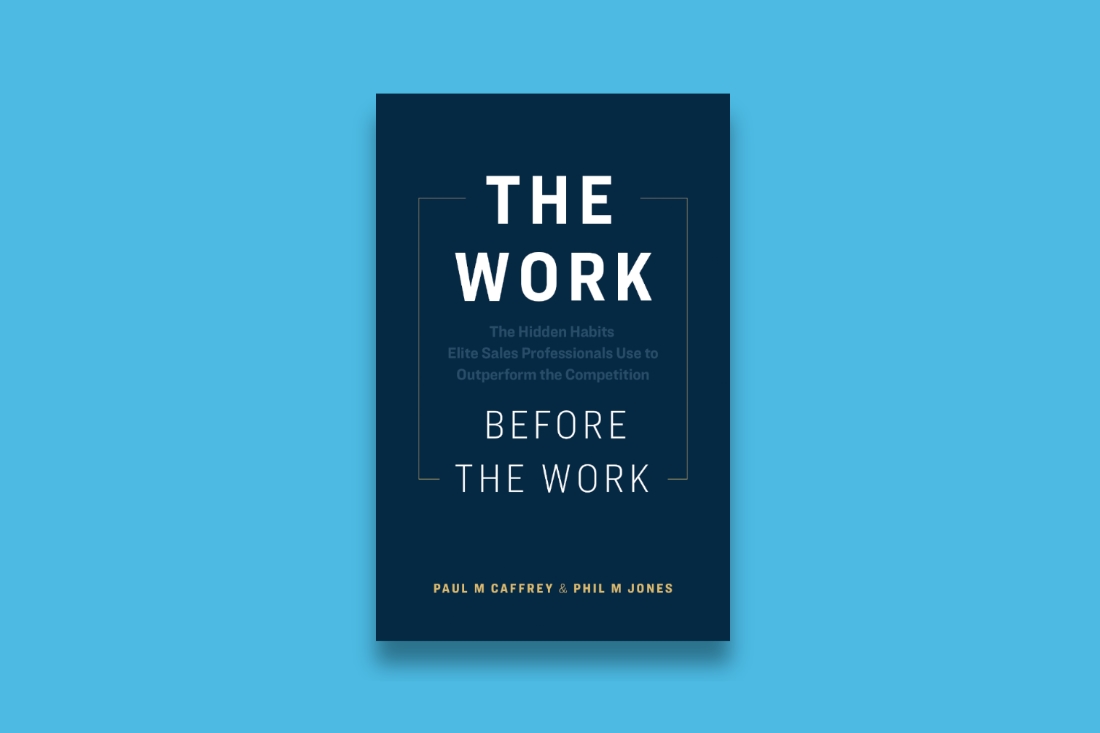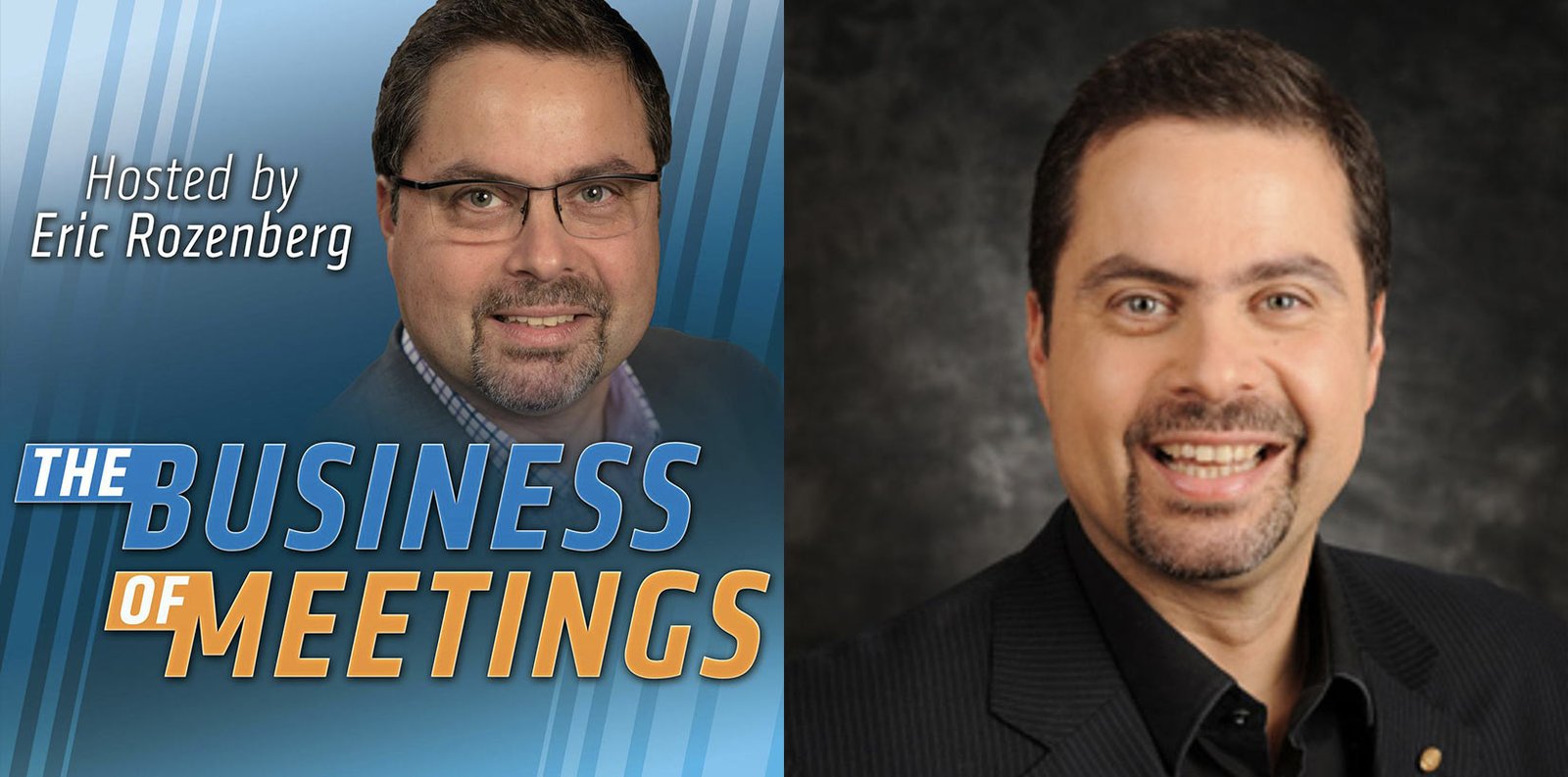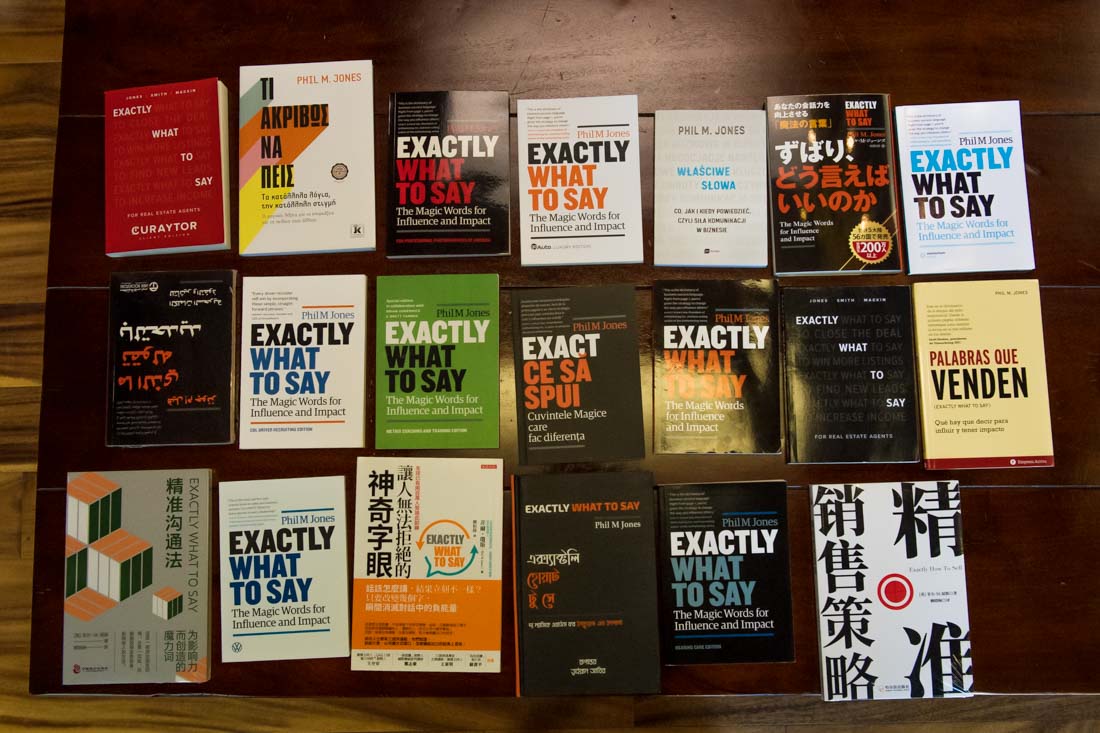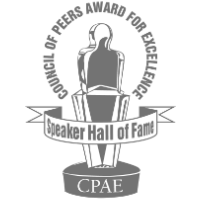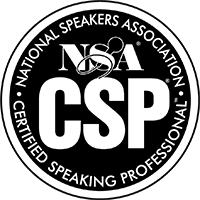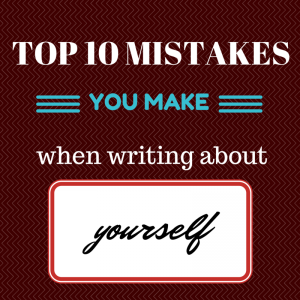
So. You have to write a bio… about yourself. Whether you like to write or not, saddling up to become an omniscient third person in order to pointedly talk about the things you’ve done in your life is no easy task. You might feel like your fingers are absolutely stuck on the keyboard somewhere between finishing your bullet-point list of skills, accomplishments, and past occupations, and the finished product. You keep envisioning a short blurb in which which you effortlessly sound like a real person with goals and dreams, and who is well on their way to accomplishing them.
No, the solution is not hiring a professional to write it for you. After all, the whole point of your bio is to show not just what you’ve done, but also show a little bit about who you are. Anyone can hide behind the bullet points in their resume, and anyone can stay jobless (or “about me”-less or indistinguishable from the presenter before or after). You’ve lived your own life, now stand up and get to work making it show. Don’t let yourself stay a black and white outline on the page, color and shade between the lines until you are as vibrant on-paper as you are in real life.
As someone who has not only written my own bio for a number of playbills, company webpages, online profiles, and “about the author”s, but has also been commissioned by countless friends and colleagues to write their biographies for them (as well as being a professional copywriter for some time), I have found that there is an actual method to the art of writing about yourself.
My first instruction is: JUST DO IT. Write as much as you possibly can about your history, decisions, lessons learned, accomplishments, goals, quirks, and future direction. Get it all down on paper – that’s the part that no one can do as well as you can for yourself – and then start your editing process. To assist you in that particular endeavor, I give you my list of DON’Ts. Imagine that you are a sculptor, and your unedited work is a clunky piece of stone that you must turn into a gleaming statue of yourself. Let each of these DON’Ts carve away from your self-centered diatribe until it becomes a purposeful, well-organized advertisement for the path that you alone have taken in life. It’s easier than you think.
10. Unaware of your audience.
Just like in any verbal communication, your written endeavors also have a listener – you are talking to someone. Especially when you write about yourself, you need to concern yourself with saying the right things to the right people, and figure out who that person (or group of people) is before you start writing. Whether you’re crafting your generic LinkedIn profile or company employee listing, begin with the end in mind. Remember, if you don’t aim the dart in the direction of the bulls-eye, it will have almost no chance of getting there.
Ask yourself: “who will be reading this?”, “why don’t these people know who I am?” and “what should they know about me?” Your online dating profile would quite clearly have a different audience than the landing page of your own personal freelance business website. Consider what those different types of people might want to know about you.
9. “Bragging” in the wrong way.
Highlighting your own best attributes is a vital part of the autobiographical process during which many people miss the mark. You know what you’ve accomplished, you know how important each accolade is, and you know you need to articulate them. If you don’t represent yourself in the best possible light, what function will your biography serve? However, no one wants to read about how your “amazing leadership skills” were “the best in your office”. There’s a fine line between minimizing your own best qualities, and making yourself sound like a pompous, self-righteous, hot air balloon.
There’s a non-vomit-inducing way to go about this: try ‘her colleagues frequently describe her as…’ or ‘Jen’s refined leadership skills bring consistent success to team activities’. Talking about how others see you or truthful peer reviews that you’ve received is a polite way of letting people know you’re “the bomb”, without writing it in fluorescent lights.
8. Don’t assume people will know what you or your company does.
Every industry is different; a physicist will be looking for a different type of job offer than a pianist. Most likely, their paths on job boards might never even cross, even tangentially (ha – attempted physics joke). Don’t alienate yourself from potential interactions just because you think everyone knows what “escrow” is, or that your job title of “Senior Designated Tribe Spokesperson” means. Even in the case of commonplace titles, company names, functions, etc., make it easy for people to stop guessing at what you mean. You will get more interaction and response.
Add a translation behind the words in question – “Mary became a specialist in programming Behind The Ear (BTE) devices, which means that she fits the type of hearing aid that sits outside the conch of the ear.” You don’t have to condescend, just clarify.
7. Writing in chronological order
You know that when you read a book, there is a beginning, middle, and end. That format, “Once upon a time… and then the plot thickened… but it was all OK in the end,” is NOT right for your bio. Yes, there has to be an order to the facts and story that you craft, but it should not be an abbreviated but faithfully to-scale encounter of your life. The overarching direction should start with a brief introduction of yourself and your reason for writing (see point 3), and progress to topical paragraphs that group similar and relevant information together. Each paragraph should start out more generally and end with a specific piece of information so that your reader knows what he’s about to read, and then finds out why you included it – picture an upside down triangle that is broad at the top and narrow at the bottom.
Here are some examples of how to group and create order out of your information:
- Education, work experience, special skills
- Types of jobs you’ve held, achievements, future goals
- Specialty and client feedback, methods, resulting abilities
6. Making it bland for the sake of sounding “professional”.
Something transformational happens when most people sit down to write: they become 19th century noblemen whose ultra-formal writing makes a package of saltines seem hydrating. Yes, writing your bio is a serious task that should be given thought and crafted to its ideal state. Yes, too many exclamation points will read as insincere. No, this does not mean that you should make yourself sound like a robot whose sole purpose in life has been showing up to work and accomplishing milestones. You’re allowed to have opinions, goals, quirks, and a preference in the way you use your language.
Your tone should be similar to how you would speak to a respected elder, or in front of your boss. Try something like, “Outside of work, Shane has cultivated his passion for growing butterflies; over the past 10 years he has won more ‘quality’ cups than the colors you can count on their wings.”
5. Using vague, unspecific action words.
It’s called a thesaurus. Better yet, let’s call it “thinking outside the cube.” If your verbs, linking words, and descriptions all fall within the ‘nondescript’ category, then the words that come between them will be equally diluted. Make your sentences come to life with the words you choose between the facts and dates. Become an active hero who moves from point A to point B with “grace”… or “sensitivity” or “determination”. If I read one more cover letter in which some poor, unguided job-hopeful sells themselves as a “team-oriented self-starter, whose attention to detail is matched only by their ability to follow directions”, I will just cry. This sentence screams “regurgitated job advertisement”. Just because you’re limited to one page (or one paragraph, or one sentence or whatever) you do not need to plug in someone else’s key words in order to show that you are right for the job.
- Try “Jared has delighted his supervisors and colleagues with his ability to nimbly guide and maneuver his retail team through each new product launch. His ability to communicate fluently with each staff member is representative of his overall leadership style in that he customizes his approach depending on each desired outcome.”
4. Telling, not showing.
As legend has it, “a picture is worth 1,000 words”. Although some legends are out-dated, in the case of writing a piece of persuasive non-fiction such as this, heed the advice. Think about it this way: movie posters include positive reviews from reputable sources, research papers cite their claims and sources, and restaurants proudly display a Michelin star. This is your way to craftily achieve the same end. If you’ve actually had an impact on your office’s spending efficiency, show it with a quick fact or statistic. If you are truly an amateur chef in your spare time, include how many nights per week you cook dinner. These short but effective additions light up in people’s imaginations and stir emotions in the reader, qualities that exposition could only dream of. Showing what you mean instead of just saying it serves as subtle credibility – it’s like saying “don’t take my word for it” about your own claims.
Instead of, “As receptionist, Cheryl planned many successful office parties,” “Outside of her secretarial and reception duties, Cheryl was responsible for a noticeable boost in office morale due to her fastidious planning of the quarterly ‘themed’ office parties”.
3. Saving the best for last.
Get to it. What is the purpose of this written monument that is being erected in your honor? No matter the length of the bio in question, you’ve got to state your purpose – and in most cases, the earlier the better. Whether it be a cover letter or LinkedIn profile, start with some form of “thesis” statement about yourself and your purpose for writing. If you leave it out, you may lose the reader’s interest or confuse him. This type of sentence can include your job title, where you are based, a personality trait, a major passion of yours, your main career or personal goal, or what you are looking for from the reader. Unlike a novel, where you’d look forward to the conclusion for all the emotional gratification or destruction that you’ve earned, page by page, throughout the story, your bio has to deliver its punches up-front. Do not count on the luxury of everyone who comes across your bio actually reading it to the end.
Try “Sam is a disciplined thinker whose sharp eye keeps projects rolling seamlessly. He holds the position of Executive Assistant to the president of Fortune 499, in which he finds countless scenarios for his skill set to be put to the test, and is essential for success,” or “Miguel is a writer who is known for his vividly written travel novels. His most recent publication received the Nobel Peace Prize and was a New York Times Bestseller for 20 weeks.”
2. Writing in first person.
Common practice dictates that resumes and bios are written in third person (“Xavier is a multi-award-winning fortune teller”, as opposed to “I was voted the best fortune teller in the state”, for example). One of the main reasons for this guideline is to make these things sound as unbiased as possible. Therefore, I urge you – don’t give up the gig by sounding like you are hiding behind the third-person, compensating for your lack of… whatever it is you may be compensating for, or you may sound like you asked your mom for a list of what she loves about you most. Keep it factual and purposeful; maintain your distance while proceeding with a vested interest in the outcome of what you’re writing.
If you have trouble finding the balance, write out a draft in first-person with all the brags and personally relevant details you can think of. Next, go back through and change every “I” to “he” or “she”, and find a way to make your personal opinions sound like facts.
1. Listing what you do, not describing who you are.
You are more than the sum of your parts. Unfortunately, the modern concept of a resume or CV teaches us just the opposite. In our professional lives, we are appraised, bought, leveraged, traded, and written off – sometimes only based on some bullet points, titles, words, numbers, and requirements. Treat your writing as a chance to show that you are a three-dimensional person whose heart and internal drive has been the underlying reason for any of those bullet points’ existence. Think of words, facts, phrases, and details that make you who you are. You are not a “Regional Sales Manager” who is looking to become a “Regional Sales Director”. Although it is tempting to identify with or rely upon the milestones and identifiers in your professional life, such as what school you graduated from or your daily job functions, take any opportunity to color in or outside of the lines.
As a simple exercise, combine three different types of personal details in one sentence to show yourself how multifaceted you actually are. For example, “Jay is a Junior Sales Associate whose strengths lie in obtaining appointments and closing deals, in fact, he is known among his peers as ‘The Sniper’ for his attention to facts and ruthless follow-up techniques.”




